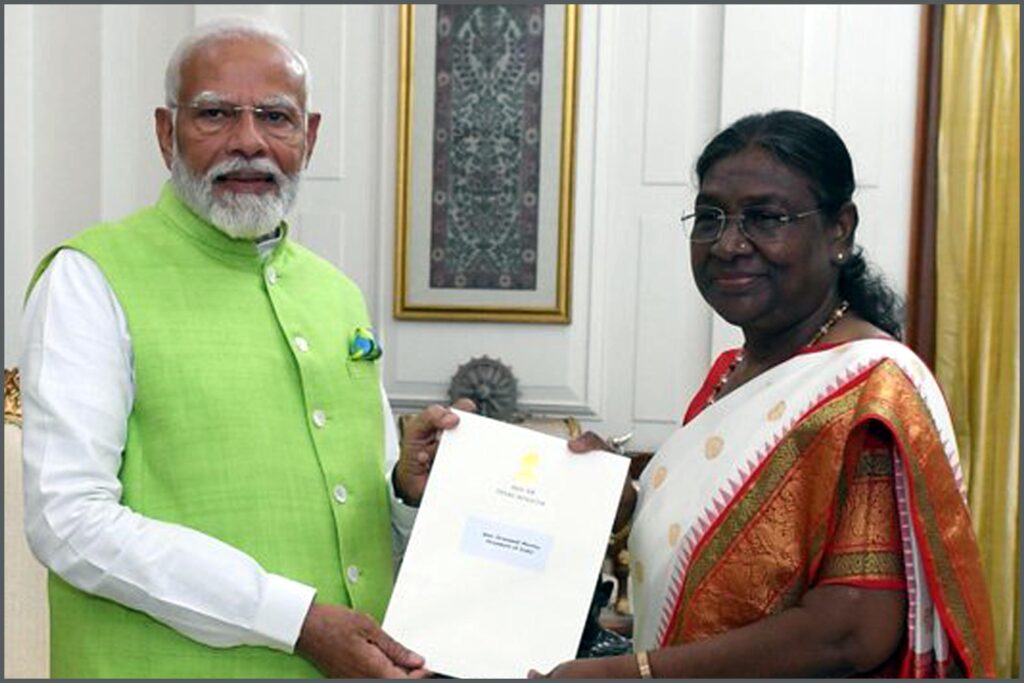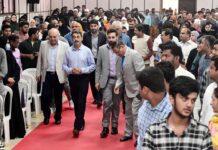
Narendra Modi tenders his resignation to President Murmu. (Photo: X @single_soul1)
Narendra Modi has resigned, and the President of India, Droupadi Murmu, has asked him to continue as caretaker government. The Bharatiya Janata Party (BJP), led by Modi, has fallen 32 seats short of the 272 needed for a single-party majority.
The President must now weigh all possible options for forming a new government. This situation, where no party has a majority, recalls instances from 1991 to 2009 when various forms of coalition governments were formed, such as the Congress-led minority government under P.V. Narasimha Rao and the UPA coalition under Manmohan Singh.
Despite the lack of a majority, some news stories, citing “sources,” are hastily announcing that the National Democratic Alliance (NDA) will form the government and the swearing-in will occur on June 8. This rush seems unseemly given the formal process required for a transition of power when a ruling party loses its majority.
P.D.T. Achary, former Secretary General of the Lok Sabha, highlights that political parties are beginning the exercise of government-making. He explains that the Sarkaria Commission recommends calling the largest pre-poll alliance to form the government first, followed by the single-largest party, and then post-poll alliances if necessary.
Senior advocate and MP Kapil Sibal notes that after resigning, a party or coalition must elect a leader who would then be invited to form the government if they can demonstrate the required support. Similarly, former PMO official Sanjaya Baru points out that Modi must demonstrate the support of 272 members before being invited to form a government. Until then, he remains a caretaker PM without the power to make policy decisions.
A former finance secretary outlines four potential scenarios:
- The NDA forms the government under Modi’s leadership.
- The NDA forms the government under another BJP leader.
- The NDA government will have a non-BJP Prime Minister.
- The INDIA bloc, with post-poll alliance support, forms the government.
Historical precedents show varied approaches to government formation. In 1996, President Shankar Dayal Sharma faced criticism for inviting the single-largest party, the BJP, which could not sustain its government beyond 13 days. By 1998, President K.R. Narayanan required letters of support from parties. In 1977, the Janata Party, a post-poll formation that included the BJP’s predecessor, came to power. Similarly, in 2004, the Congress led the single-largest coalition, the UPA, also a post-poll formation.





